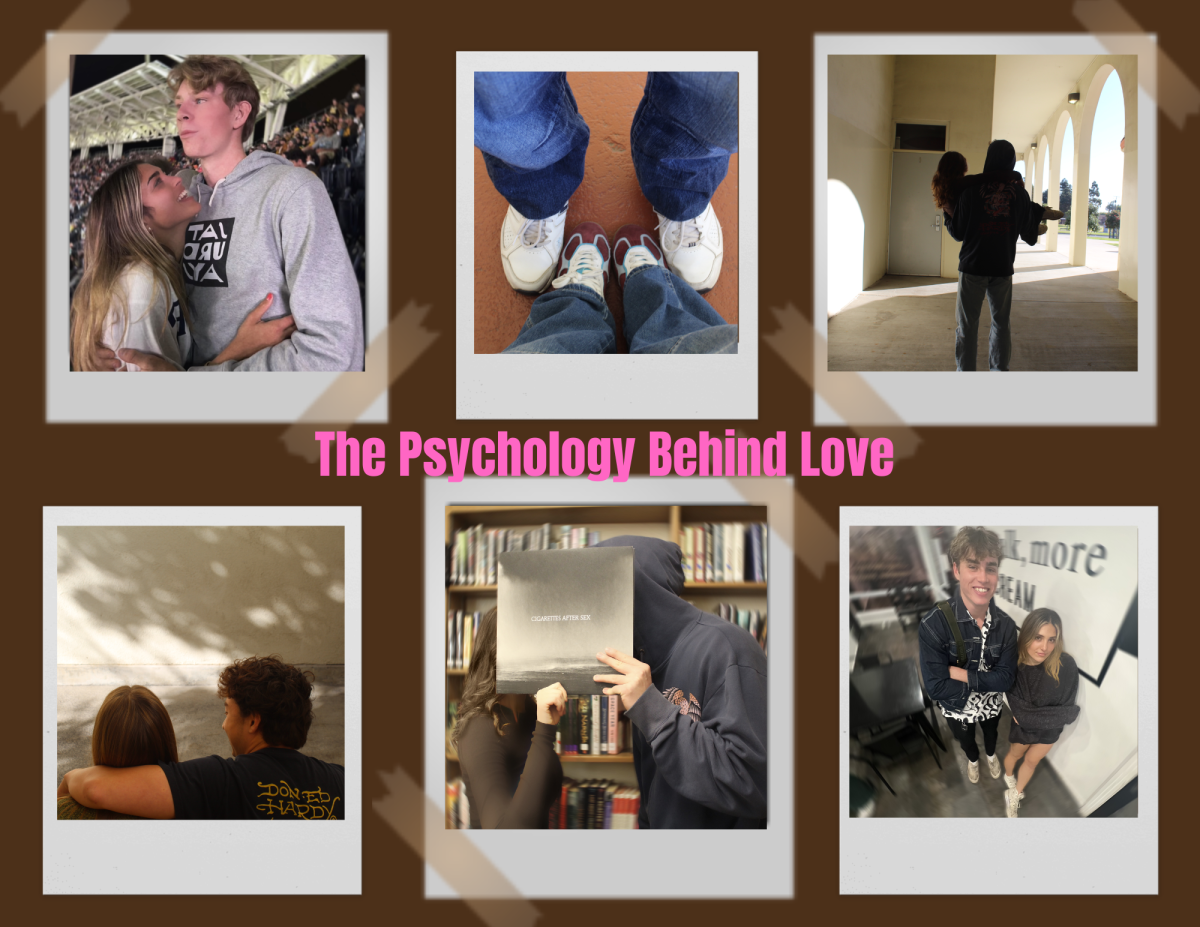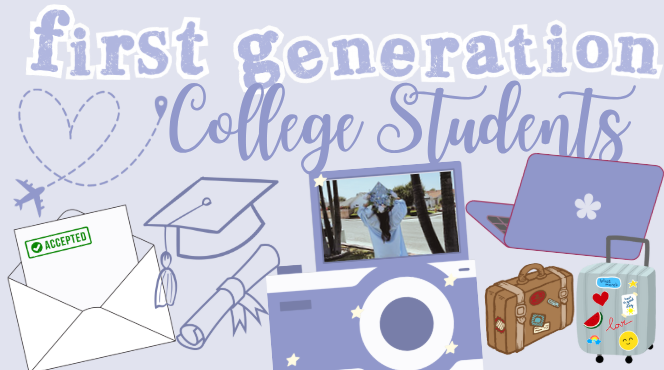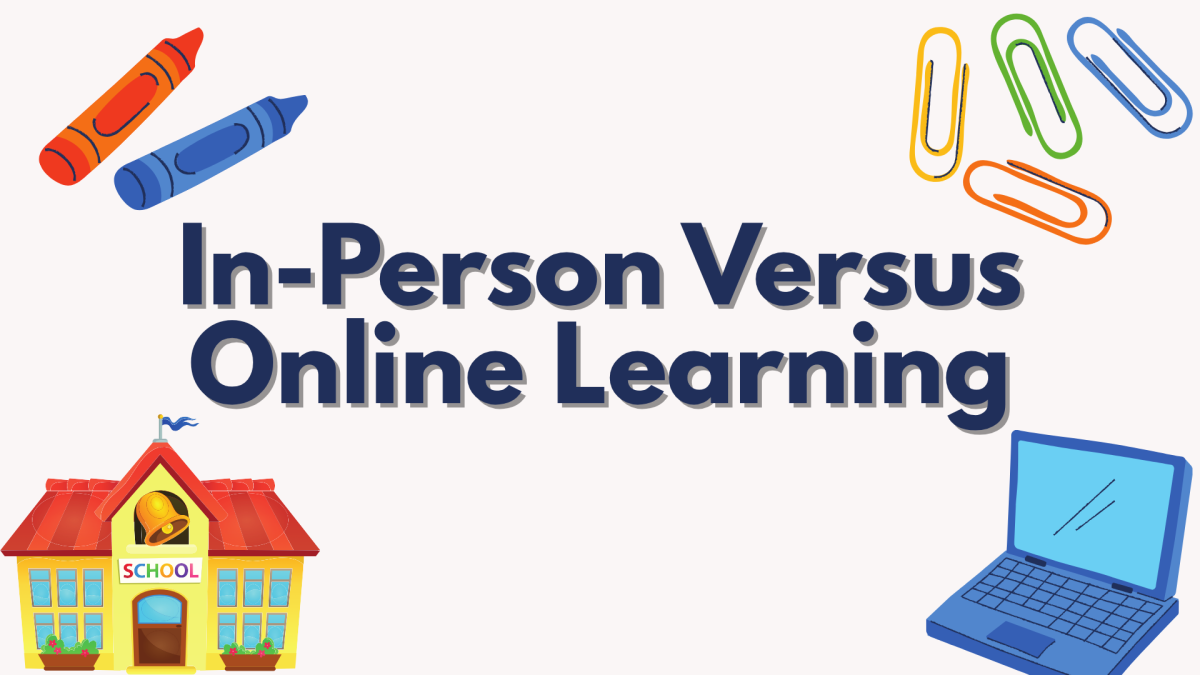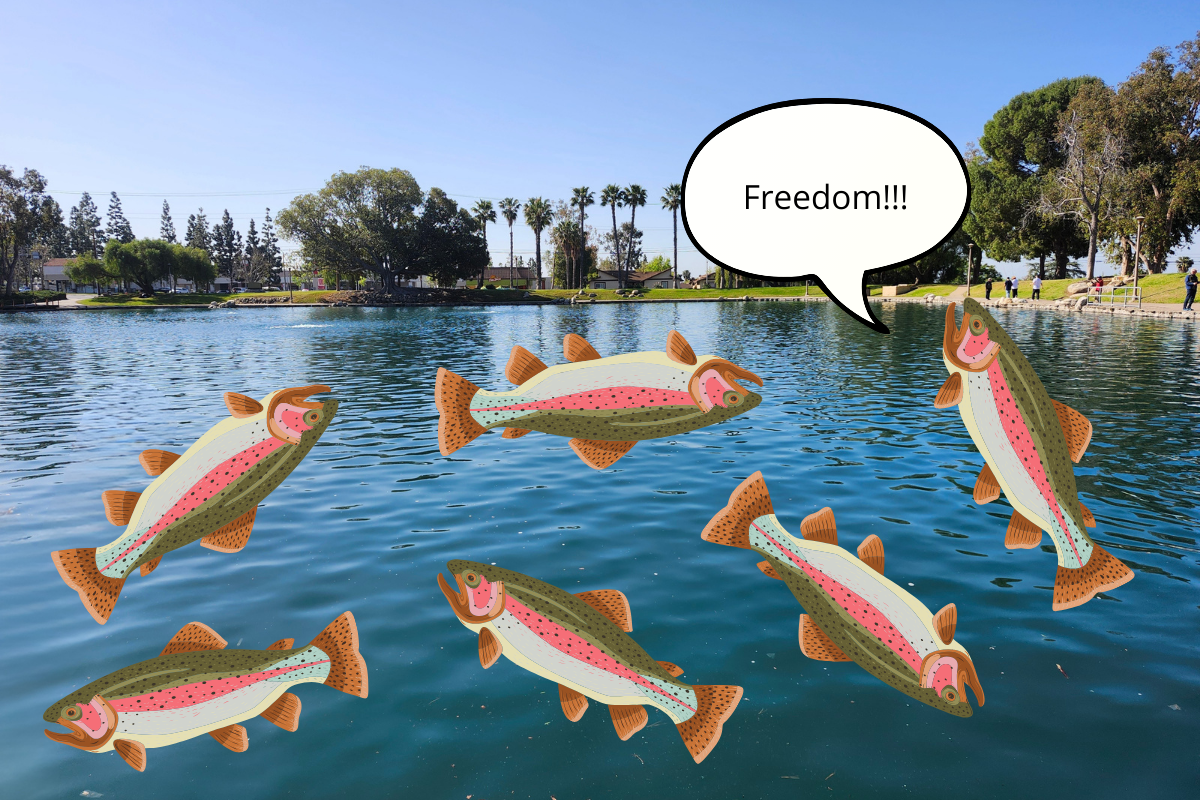Relationships can make or break one’s high school experience. A lot of students feel pressured to start dating to “fit in,” when they may not be ready for a relationship. Sometimes when someone is not in a relationship, feelings of insecurity, doubt and shame can creep in and become part of their daily struggle with self-image. However, many students are unaware of how hard it is to maintain a mature relationship.
Puberty: a term all teens hate hearing. They don’t like it when their behavior is blamed on puberty because it can make their experiences feel invalidated, but it sometimes may be true. During this transition, new romantic and sexual feelings are released through hormones: estrogen for girls and testosterone for boys. Vasopressin and oxytocin are hormones involved with the need to bond or connect with others. Oxytocin has everything to do with relationship building, sexual arousal, and trust. These receptors are centered in the brain areas involved in emotional regulation, which is heightened during puberty.
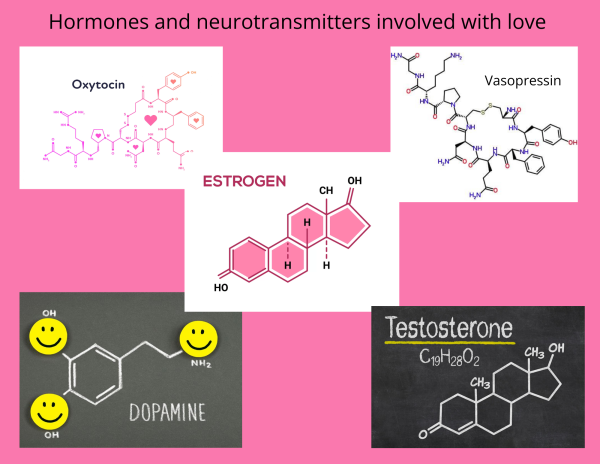
As teenagers get to know that special someone, a mixture of physical touch and positive social cues can trigger a release of the neurotransmitter oxytocin, which changes the brain to help form bonds and leaves a sense of contentment.
The functions of teens’ hormonal activity in their underdeveloped prefrontal cortex (which is in charge of risk assessment, planning, decision making and emotional maturity) determines a course of action leading to a romantic encounter during one’s high school years.
The prefrontal cortex continues to grow, learns how to function and manages social interactions until it is fully developed at age 25; thus creating a distorted mindset toward making healthy and strong connections throughout adolescece. Anyone can see the growing pains that teenagers go through during their school years. Although that’s not to say that there isn’t a positive side to having a relationship in high school.
Shane Braverman, a sophomore at Huntington Beach High School (HBHS) said, “It’s good because you get a taste of relationships and what you like or don’t like early on in life.”
The chase, first date and first kiss are all positive building blocks in learning the rituals of our culture, but unfortunately, dating also has its cons. Dopamine is the catalyst for most euphoric feelings, including the glorious feeling of falling in love. This feel-good hormone doesn’t automatically come with puberty, rather a person has to trigger it. The rush is most compared with the drug cocaine. And similar to addicts, teens will do anything for this feeling.
An HBHS alumni, Brandon Green, was in a high school relationship that continued into his last year in college. During this time, he and his partner also dated long distance. Green’s view on relationships had soured for some time, but now he claims to be looking for love.
He said, “Things didn’t work out. I grew in a different direction [and] her motivations were not the same as mine. It’s very difficult to go through transitions in life when you’re trying to figure out who you are, what you want to do… and [i]t’s very difficult to meet somebody who aligns with those values [when] you don’t even know yourself that early in age.”
According to statistics from Newport Academy, ” [F]ewer than 2 percent of people marry their high school sweetheart. When teens do get married, only about half of them make it to their 10-year anniversary.”
Most of the time, people in short-term, casual relationships can not see a long-term future together, but often only one person takes action to end the relationship, in some cases disappearing out of the other person’s life with no communication at all.
This sums up the strife in most high school relationships, but love can give the impression that even toxic relationships are worth it. What does each teen mean when they say “I love you?” Is it a need for ownership, validation, or a way to convey commitment? In some cases, teenagers may look for love to replace the poor relationships they have at home. Levels of the stress hormone cortisol increase during the beginning phase of romantic love, in order to help our body cope with a crisis such as infatuation. When cortisol levels increase, the neurotransmitter serotonin will drop, causing obsessive compulsive behaviors and emotions.
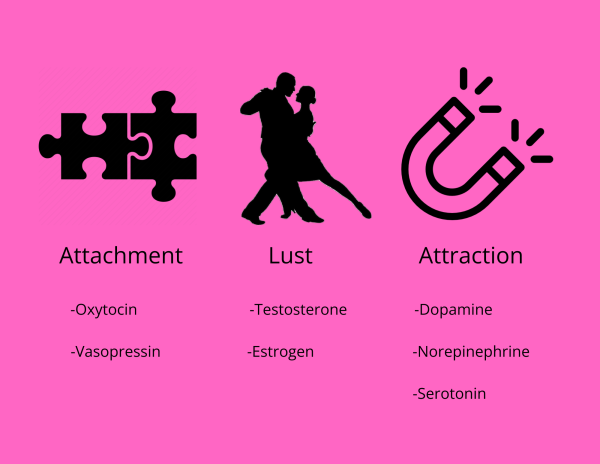
Love is the result of chemical changes that happen in the brain when we meet someone and feel that connection. There are long-term changes in our brain when we connect with someone that link us to those individuals, sometimes for life.
Psychology can help us better understand all of the confusing emotions circulating teenagers’ heads when their hearts get involved. It shows there is a difference between love and infatuation by explaining how our brain chemistry works. Overall, it’s clear that keeping a steady and mature relationship in high school is a difficult task, but some students make it work through communication, respect and a dedication to growing with their significant other.


